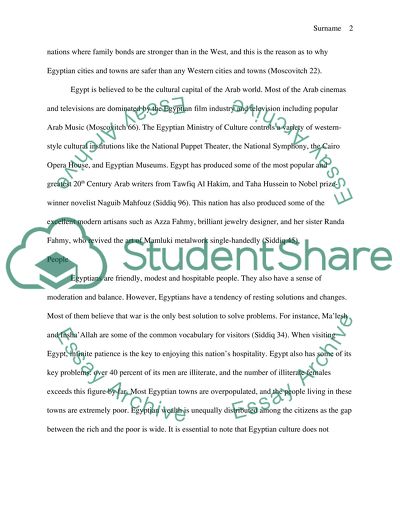Cite this document
(“Sociology - Egyptian Culture Essay Example | Topics and Well Written Essays - 1750 words”, n.d.)
Sociology - Egyptian Culture Essay Example | Topics and Well Written Essays - 1750 words. Retrieved from https://studentshare.org/sociology/1443865-cultre-african-contry
Sociology - Egyptian Culture Essay Example | Topics and Well Written Essays - 1750 words. Retrieved from https://studentshare.org/sociology/1443865-cultre-african-contry
(Sociology - Egyptian Culture Essay Example | Topics and Well Written Essays - 1750 Words)
Sociology - Egyptian Culture Essay Example | Topics and Well Written Essays - 1750 Words. https://studentshare.org/sociology/1443865-cultre-african-contry.
Sociology - Egyptian Culture Essay Example | Topics and Well Written Essays - 1750 Words. https://studentshare.org/sociology/1443865-cultre-african-contry.
“Sociology - Egyptian Culture Essay Example | Topics and Well Written Essays - 1750 Words”, n.d. https://studentshare.org/sociology/1443865-cultre-african-contry.


